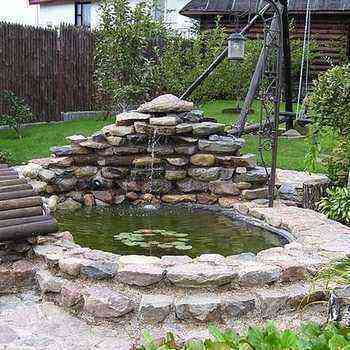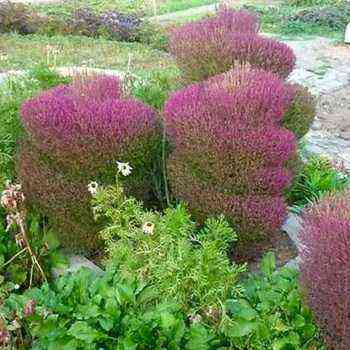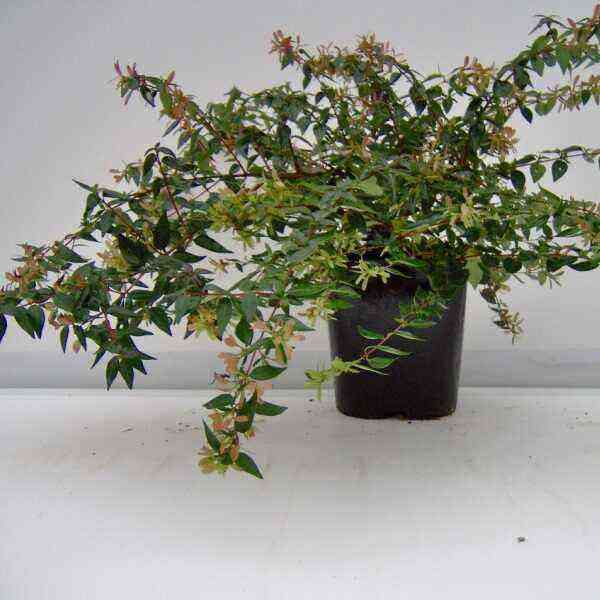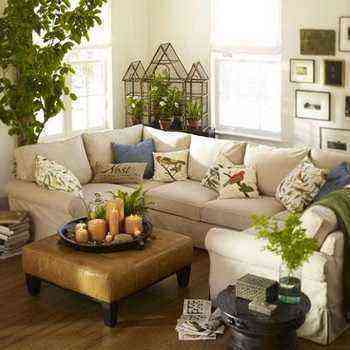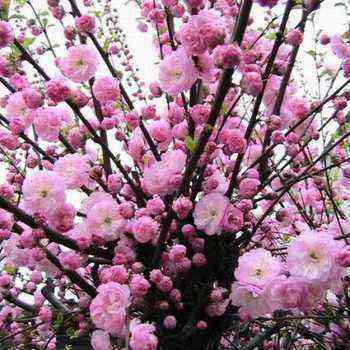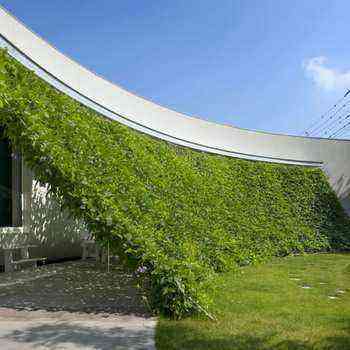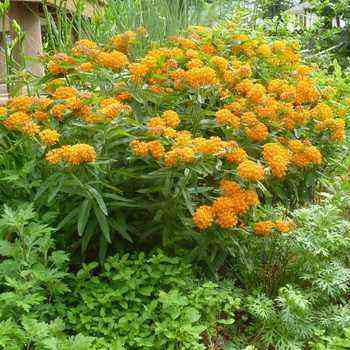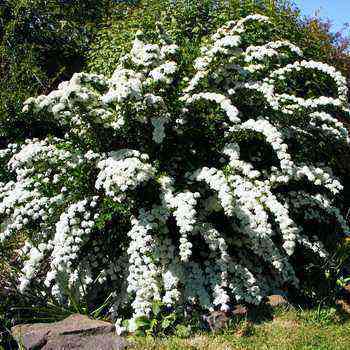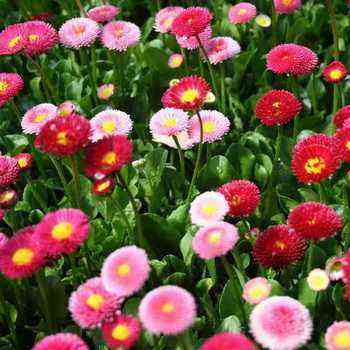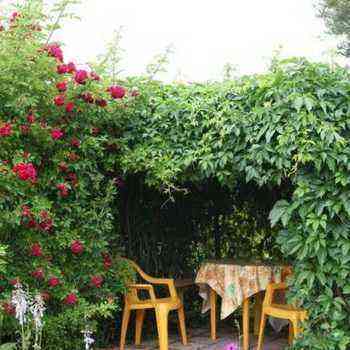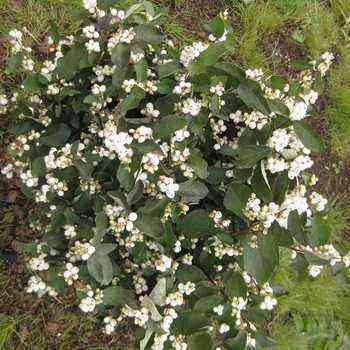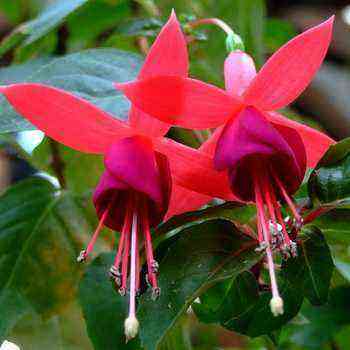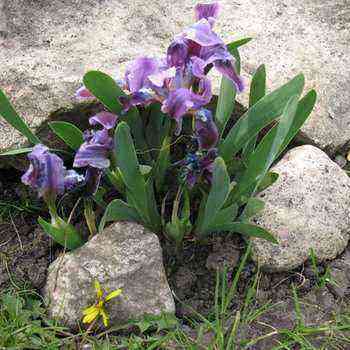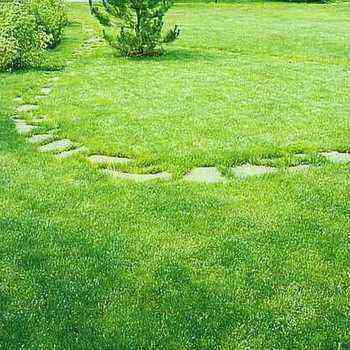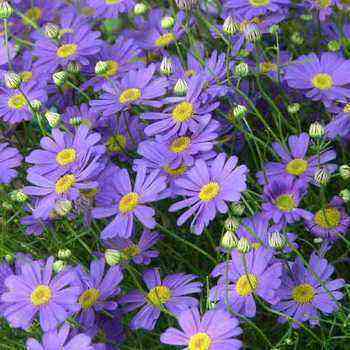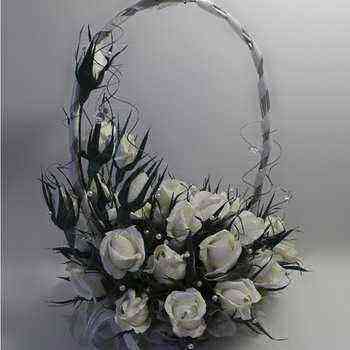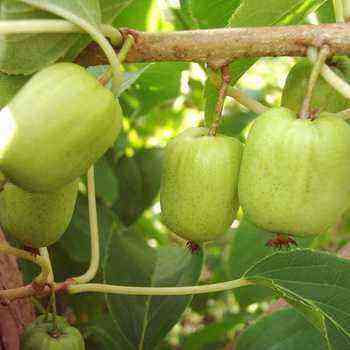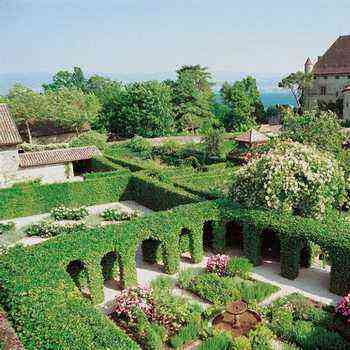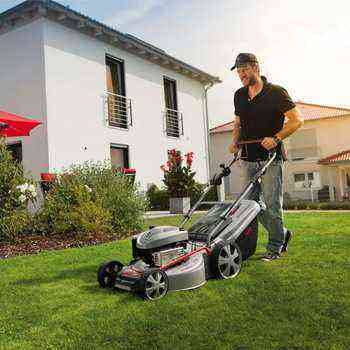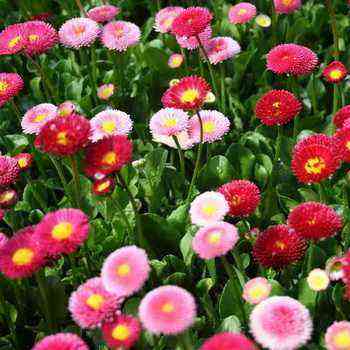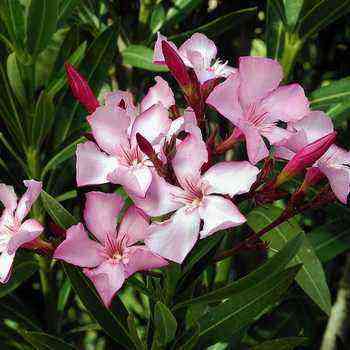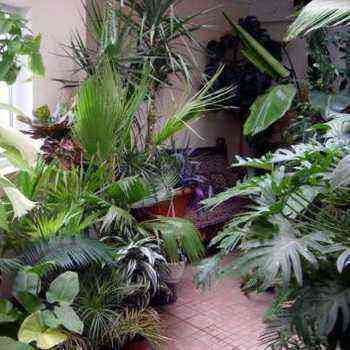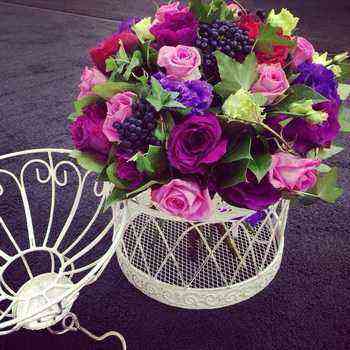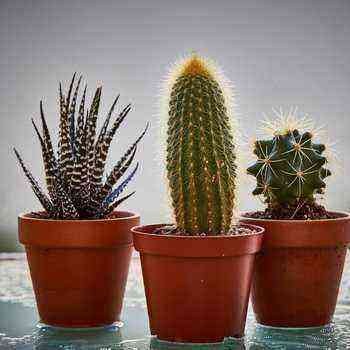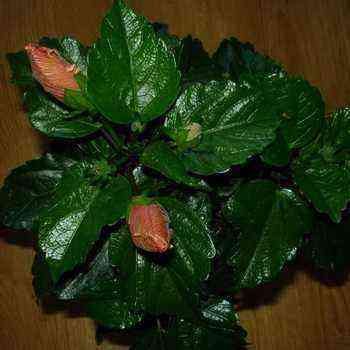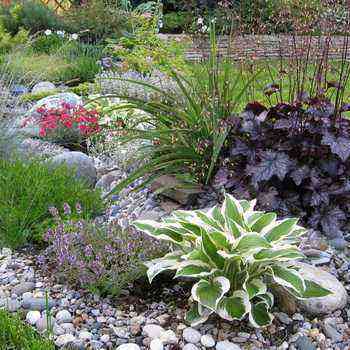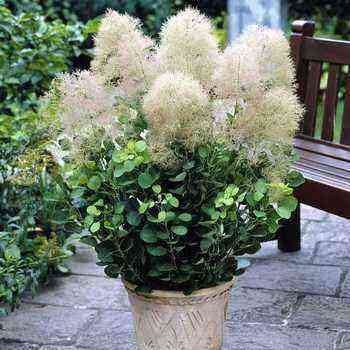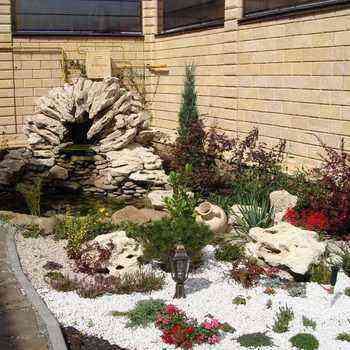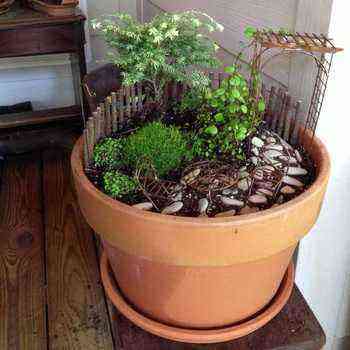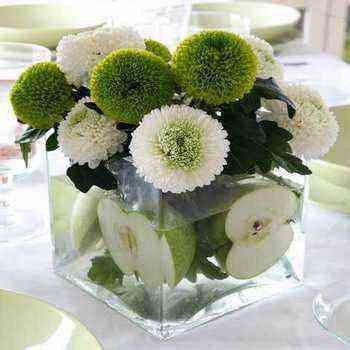The Korean fir tree is widely used in modern landscaping. It is a beautiful compact plant with amazing decorative properties. It has the unique gift of purifying the air in the perimeter of the entire site on which it is planted. It releases powerful phytoncides and collects various harmful impurities from the surrounding air with its needles.
In the botanical description of the Korean fir, it is said that it is a powerful tree, the trunk height of which can reach 14 meters. In an adult state, it has a barrel with a girth diameter of up to 1 meter. This property allows Korean fir to be used as a building material for residential buildings. However, it is rare in nature. Industrial cultivation is poorly developed. Therefore, the main purpose is the landscape design of suburban areas.

And this is far from coincidental, look at the photo of the Korean fir. See what a graceful, tapered crown this coniferous tree has? Take a closer look, you notice how exquisitely the ash bark of the wood contrasts with a reddish shade with shiny green needles?
This plant can change the shades of its needles throughout the growing season. At the beginning of growth, young branches are painted in a dull yellow color, which gradually darkens, turning into an orange and red hue. At the initial stage, they are naked with a little down. Subsequently, needles begin to form on them, which are located almost closely to each other. They are characterized by increased rigidity and curvature. The length reaches 2 cm at the ends of the shoots – spherical buds. Separately, it is worth talking about the color of the Korean fir needles. It has an exquisite rich emerald color. But only from the top side. The lower plane of each needle is colored silvery with longitudinal resinous veins.
Cones add extra beauty to the tree in adulthood. They are distinguished by their deep purple color and impressive size, which can reach 10 cm in length and 4 cm in width. Inside are the seeds of Korean fir, which are spheres with an egg-shaped dark brown hue.
Korean fir photo
In the photo of the Korean fir, you can see how harmoniously it fits into the modern landscape design of suburban areas. This is a large meter that protects the site from the wind, the penetration of polluted air. Forms an internal microclimate. Other conifers and shrubs grow well in symbiosis. It is an excellent neighbor for fruit and berry crops and flowering plants.

For the first time in Europe, the Korean fir appeared at the beginning of the twentieth century. In the general population for the landscape, it began to be used only at the beginning of the twenty-first century. To this day, seedlings are rare. But they are on sale in large timber companies.
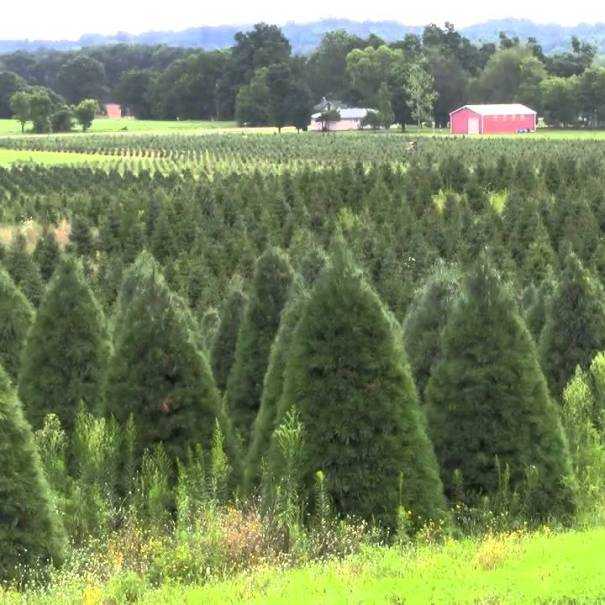
But the spread of a beautiful and powerful plant throughout our country is a matter of time. Few people know that Korean fir has amazing winter-hardy properties, which are not inferior to Siberian cedar and ordinary spruce. It easily tolerates frosts down to minus 50 degrees Celsius. In summer, it is drought-resistant. Not whimsical to the structure of the soil and its main components. It can grow on loams, heavy enlisted soils, gradually ennobling them and normalizing their structural composition. However, the ideal planting site is sandstone or light structured soil with a lot of organic matter.

In the conditions of an individual garden, it is advisable to grow trees from seeds that are obtained in the climatic conditions of our country. To obtain seedlings, it is enough to sow Korean fir seeds in a container at home in September. A month later, friendly shoots appear, which, when they grow up to 5 cm in height, should be dived into separate pots with a diameter of up to 7 cm.In the spring of the next year, after hardening, the seedlings are planted in a group in one place on the site. Seating in a permanent place is possible after 3 years.
Korean fir varieties
Below are the varieties of Korean fir, photos of individual plants and group plantings in the interiors of landscape designs. Choosing the right variety is difficult breeding work. Today, you can order almost any seed in agricultural firms. Therefore, you should carefully read the characteristics of each type and make the only correct decision. Don’t waste time growing a strain that you don’t like or don’t like.
Korean fir “Blue Magic”
The Blue Magik Korean fir variety was bred in Norway in 1958. A distinctive feature of the variety is long and slow growth. The tree reaches a height of one and a half meters only by the age of 10. But the beauty of the needles and the pyramidal crown deserves your patience. In gratitude for the timely care and love, the tree will give you an unforgettable picture. This is a powerful dense crown that casts blue greens with a silvery tint. The variety is rightfully considered one of the most decorative.
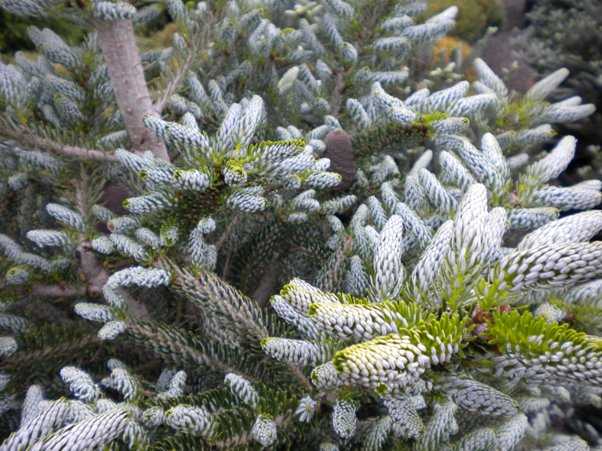
Korean fir “Diamond”
The variety of Korean fir “Diamond” is a real gem of landscape design. This is a dwarf variety that has not been obtained through selection. It occurs naturally in the forests of North Korea and Middle Asia. It has a spreading crown pressed to the ground and an emerald soft color. It is used as a hedge and for decoration of various flower beds, alpine slides and lawns.
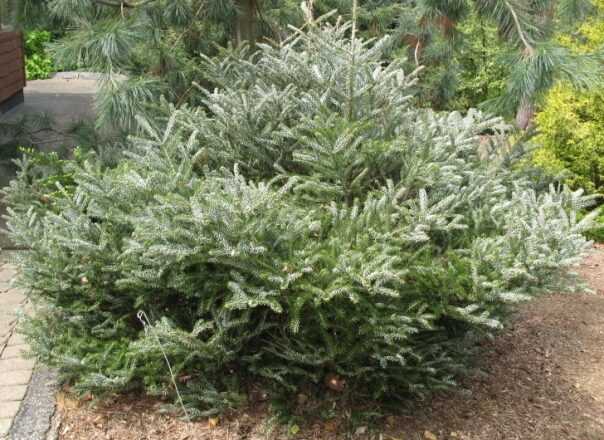
Korean fir “Silberlock”
The cultivated variety of Korean fir “Silberlock” is mainly used for its exquisite silver needles and rather vigorous growth. With the introduction of the correct dressing and adherence to agricultural techniques, an increase in shoots by 10 – 12 cm is possible annually.

Korean fir “Molly”
The unique variety of Korean fir “Molly” is the closest to
about their biological characteristics to the original species of the given plant. This is a low tree with a trunk height of up to 5 meters in culture and a cone-shaped crown width of up to 4 meters in the lower part. It has a pleasant pale green color. The lower surface of the needles plates casts a silvery and blue tint. This makes the variety especially popular with landscape designers, despite its rather slow growth. During the year, the tree grows a maximum of 7 cm in height. But an attractive spreading crown is formed early enough.
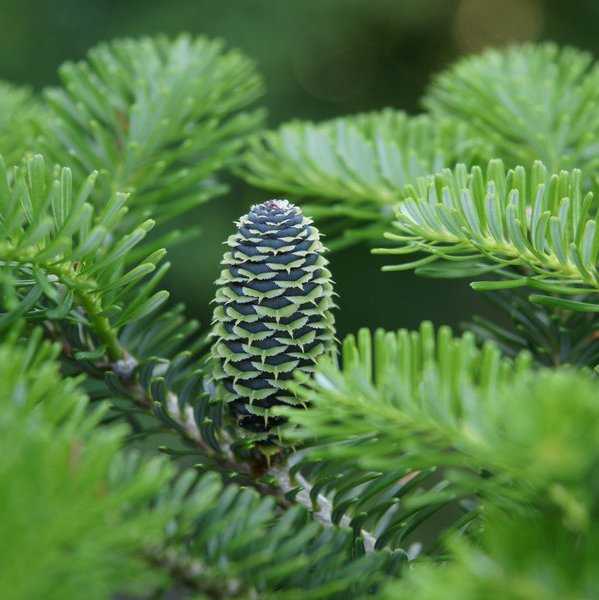
Planting Korean Fir
In the conditions of an individual land plot, planting of Korean fir is possible by seedling and seed methods. Ready-made seedlings, and even more so trees, are quite expensive. Therefore, many people prefer to grow them with their own hands. How to do this is described above.
We will consider planting a ready-made seedling in open ground. First, we need to prepare the ground. Any area will do. To begin with, digging is carried out on a shovel bayonet, mineral fertilizers are applied at the rate of 50 grams. per 1 square meter. Then a hole is dug, at the bottom of which drainage should be laid. It can be fine gravel or expanded clay, small crumbs from broken red bricks are also suitable. Then we cover the drainage with 5 cm of earth and plant the plant, carefully straightening the root system.
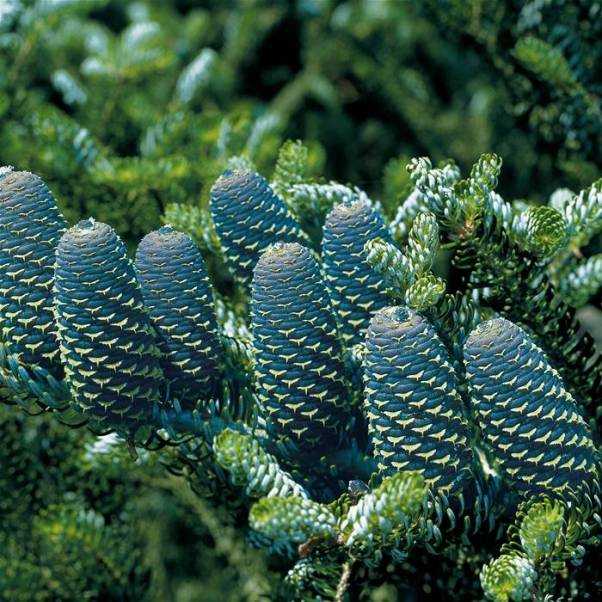
The landing pattern is at a distance of 5 meters from each other. To form a dense hedge, it is recommended to plant more frequently up to 2 meters between individual trees.

The first month requires daily watering and shading of the tree from direct sunlight. It is better to land in rainy, cloudy weather in spring or autumn 2 months before the establishment of snow cover.

Korean fir care
In the process of caring for Korean fir, you should adhere to the recommendations of the agricultural technology of the variety that you purchased. As a rule, in the first 2 years after planting, it is only necessary to periodically water the plant and loosen around the trunk. Loosening is shallow to a depth of 5 cm. It is also worth removing all weeds and keeping the soil clean. In the 3rd year of life, mineral and organic fertilizers are applied. The soil is mulched and loosened. From mineral fertilizers, the universal “Kemira” is recommended. Approximately 150 mg is applied for each plant in the early spring.
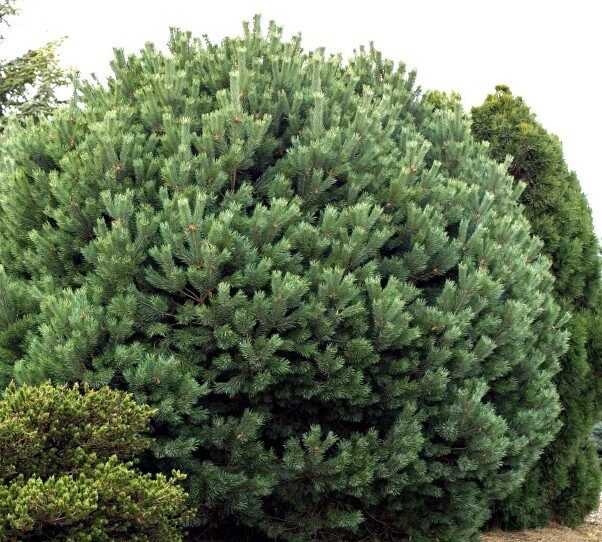
Remove dried and damaged branches in a timely manner. They can interfere with the formation of a beautiful, regular crown. Also, do not forget about watering. In hot weather, it is necessary to water weekly with 2 buckets for each plant. The soil is mulched annually. To do this, you can use needles from nearby forests, which have lain under the snow for 1 year. Harvested in spring, treated with bactericidal and antifungal compounds. Then the fallen needles are poured with boiling water at the rate of 1 bucket of boiling water for 2 buckets of needles. After that, the mulch is ready to be applied under the Korean fir trees.

